Are Soluble Corn Fiber and Wheat Dextrin Essentially the Same Thing?
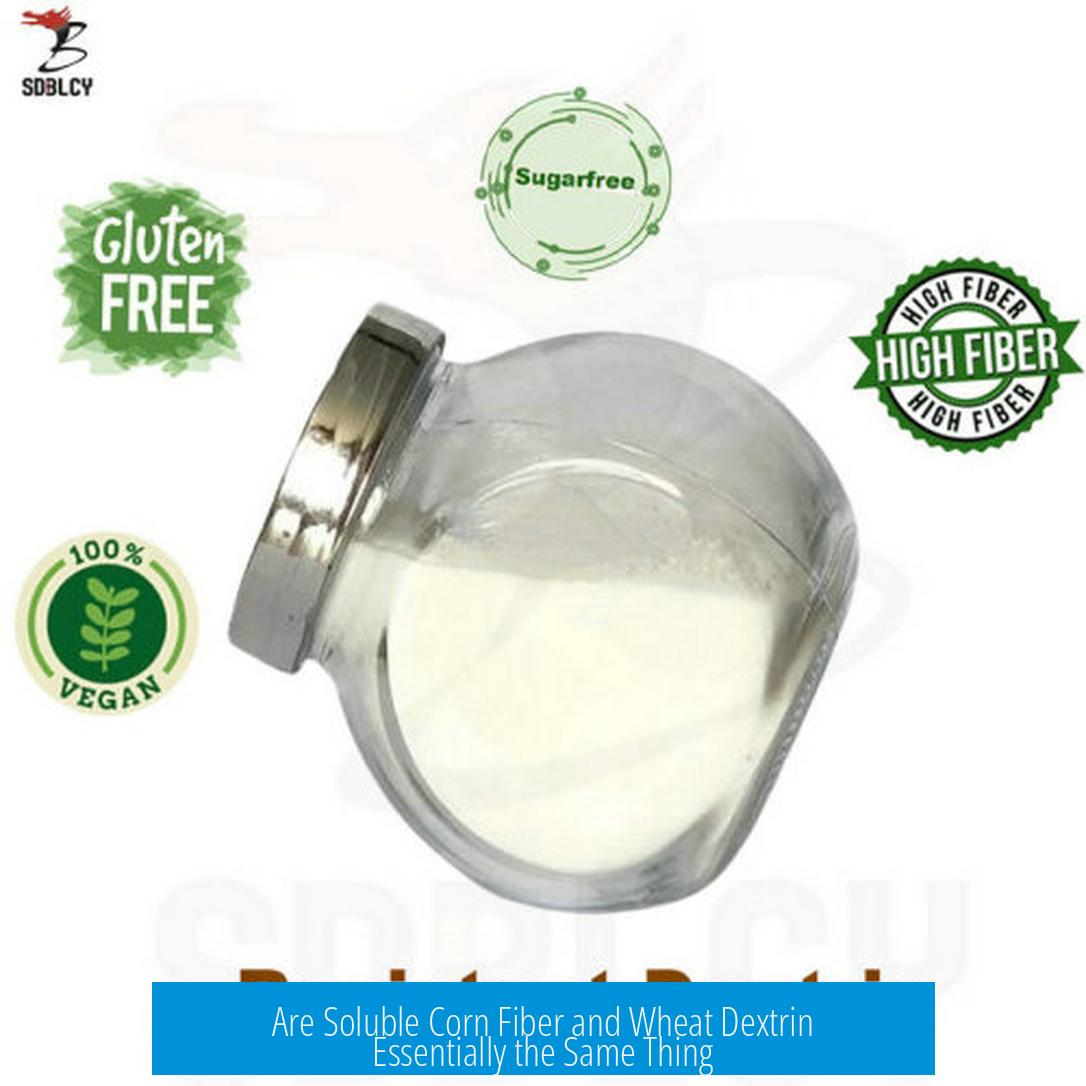
Soluble corn fiber and wheat dextrin are not the same substance, but they share similar properties as sources of water-soluble, indigestible fiber. Both function primarily as dietary fibers that pass through the digestive system without being absorbed, supporting digestive health and regularity.
Nature and Function
Both soluble corn fiber and wheat dextrin are fibers that dissolve in water but resist digestion in the human gut. They serve as prebiotics, selectively stimulating beneficial gut bacteria. Their similar physiological effects often lead to confusion about whether they are the same.
Differences in Production and Source
- Wheat Dextrin: Made by treating starch sources such as wheat, corn, oats, or barley with heat and acid. This process breaks down starch into smaller dextrin molecules.
- Soluble Corn Fiber: Extracted as a naturally occurring indigestible fiber/oligosaccharide during the processing of corn syrup. It is isolated rather than chemically modified like dextrin.
While wheat dextrin is produced through modification of starch molecules, soluble corn fiber is obtained via separation from natural corn syrup components. This reflects a fundamental difference in manufacturing.
Nutritional and Practical Considerations
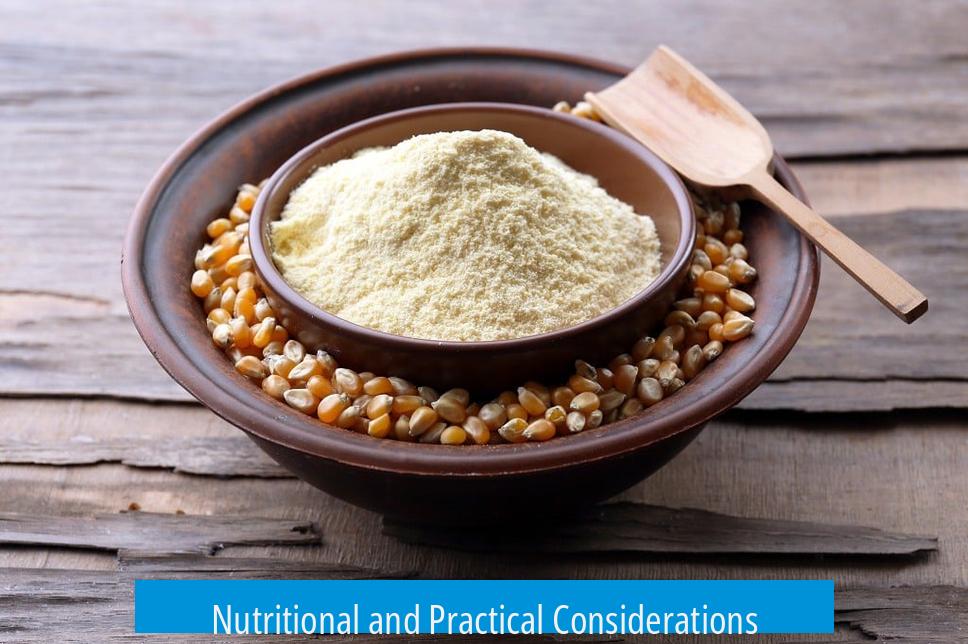
Both fibers have comparable effects on digestion and fiber supplementation. The key nutritional distinction arises if a person has specialized dietary needs—for example, celiac disease would make wheat dextrin unsuitable because of gluten content.
Otherwise, the choice mostly depends on ingredient availability or manufacturing preferences. For product developers formulating fiber supplements or foods, factors like source allergenicity and processing cost might influence selection but do not greatly alter health benefits.
Summary of Key Points
- Both fibers serve as soluble, indigestible dietary fibers aiding gut health.
- Wheat dextrin is produced by acid and heat treatment of starch from various grains, including wheat.
- Soluble corn fiber is extracted from corn syrup as a natural oligosaccharide.
- Wheat dextrin is unsuitable for gluten-sensitive individuals; soluble corn fiber is gluten-free.
- Health effects of both fibers are broadly the same; choice depends mainly on dietary restrictions or manufacturing needs.
Are Soluble Corn Fiber and Wheat Dextrin Essentially the Same Thing?
Let’s cut to the chase: soluble corn fiber and wheat dextrin are similar but not exactly the same. Both serve as water-soluble fibers your digestive system can’t break down. But their origins and production processes paint a more nuanced picture. So, what makes them tick? And should you care? Let’s dive in.
Imagine fiber as the unsung hero of your gut. Fiber often gets a bad rap for causing odd tummy noises, but it plays a vital role in keeping things moving and your gut flora happy. Soluble corn fiber and wheat dextrin coast along this same functional wave but come from different roads.
What Are Soluble Corn Fiber and Wheat Dextrin, Really?

Both compounds are forms of indigestible but water-soluble fiber. That means they dissolve in water and mostly escape digestion, passing through your system to feed beneficial gut bacteria instead of calories. This key trait explains why they’re popular as dietary fiber additives in everything from nutrition bars to cereals.
Soluble corn fiber is a naturally occurring fiber and oligosaccharide. It’s extracted primarily during the processing of corn syrup, which itself comes from corn starch. So, in simpler terms, corn starch gets broken down to syrup, then further processed to isolate this fiber. It’s like peeling layers to find the fiber gem inside.
Wheat dextrin, meanwhile, is a bit different in how it’s made. It comes from wheat starch, but it’s not just isolated or extracted. Instead, you treat the starch with heat and acid. That process breaks down the starch into smaller fragments called dextrins, from which wheat dextrin is derived. This method applies broadly, too—it works on starch from other grains like oats or barley, not only wheat.
Diving Deeper into the Production Processes
Here’s where pinching the difference matters for food geeks and industry insiders. Soluble corn fiber’s formation is all about separation from naturally occurring oligosaccharides in corn syrup after processing. It retains some aspects of its natural profile from the starting raw material.
Wheat dextrin’s path is more synthetic and hands-on, breaking down starch in controlled industrial conditions using heat and acid. That means it’s a modified starch derivative—designed intentionally to have particular fiber properties. It could be from multiple starch sources like oats or barley, but wheat is the common one. This flexibility adds to its widespread use.
So, while both end up as soluble fibers, their start points and processes differ: corn fiber comes from isolating a naturally found fiber component, while dextrin emerges from starches chemically cracked down.
Why Does It Matter? Nutritional and Dietary Implications
Functionally, these fibers behave similarly in your gut. Both help with digestion and may encourage healthy bacteria. The real-world difference often boils down to medical or dietary needs.
For people with **Celiac disease or gluten sensitivity**, this difference becomes crucial. Wheat dextrin, derived from wheat, may contain traces of gluten or trigger reactions. Even if manufacturers refine it thoroughly, the risk remains. Soluble corn fiber is gluten-free by nature, making it a safer pick.
For regular folks, these subtleties rarely impact health or nutrition. The fiber type you pick might come down to product availability, taste, or texture preferences rather than distinct health gains. Both fibers enrich food products with fiber without significant calories or tough textures.
Choosing Between Them: The Practical Side
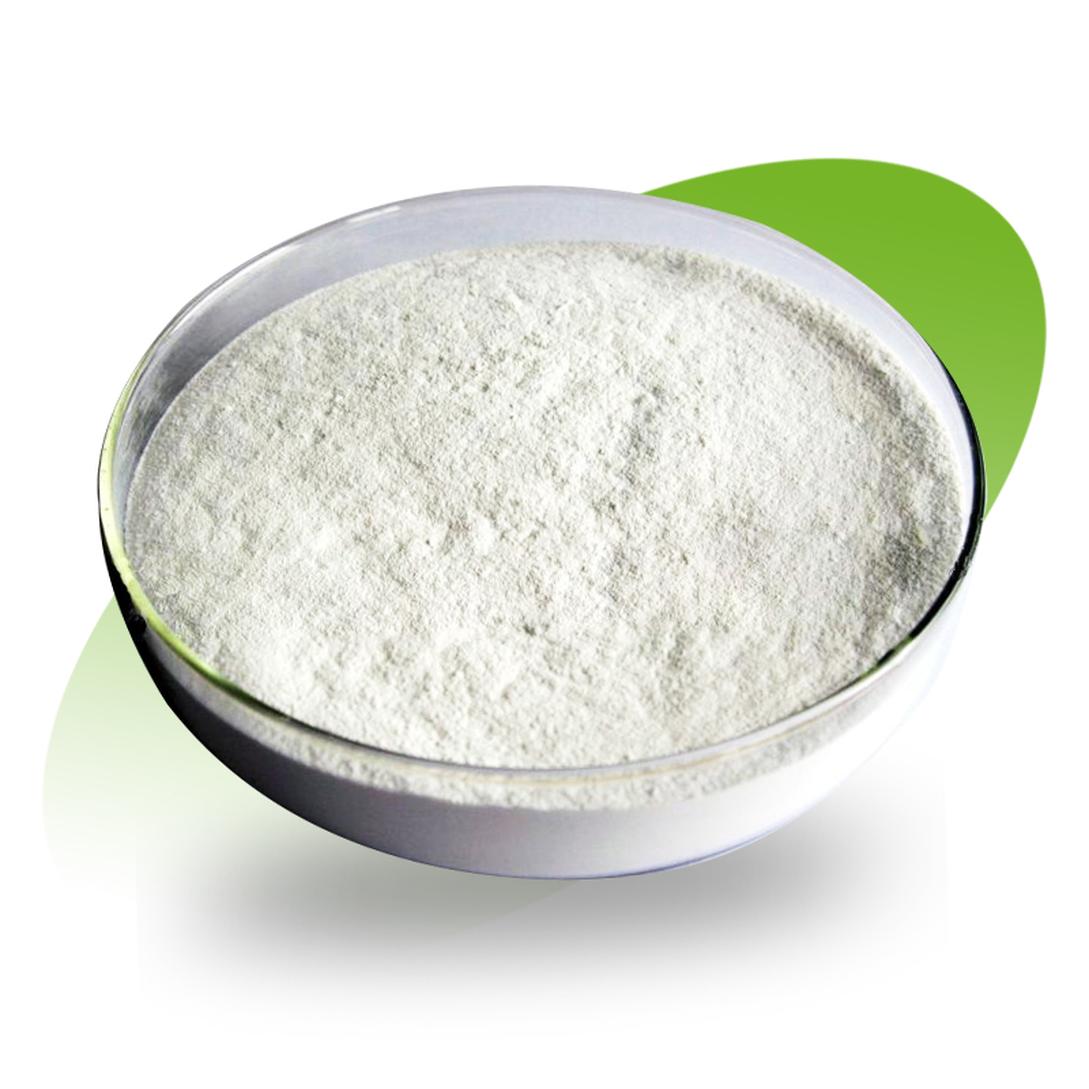
If you’re reading labels at the store, spotting “soluble corn fiber” or “wheat dextrin” means you’re getting a fiber bump. They’re used to fortify processed foods, smoothies, or fiber supplements. So, does it matter which one? Ask yourself these practical questions:
- Do you have gluten intolerance or a related condition? If yes, skip wheat dextrin.
- Are you aiming for maximum fiber without digestive upheaval? Both may suit, but start slow to see how your system reacts.
- Does the product taste or texture appeal to you? Sometimes the fiber impacts mouthfeel subtly.
For manufacturers, they might pick one over the other for cost, source availability, or processing needs. But for the average consumer, both do the same fiber job.
What About Benefits Beyond Fiber?
While they’re often just “fiber additives” in marketing speak, soluble corn fiber and wheat dextrin can affect your gut differently on a microscopic level. Corn fiber sometimes shows prebiotic benefits, subtly stimulating gut bacteria growth. Wheat dextrin also contributes to this effect.
Still, these differences are often marginal for most people. Plus, fiber’s overall positive effect on bowel health, blood sugar regulation, and satiety holds true regardless of source.
So, Are They Essentially the Same Thing?
In a nutshell: No, but close enough. Both are water-soluble, indigestible fibers serving similar roles. But they come from different origins (corn vs. wheat starch) and distinct manufacturing routes. This difference matters most for those with allergies, sensitivities, or special dietary needs.
Even your gut microbes probably don’t sweat the fine print—any fiber is usually a welcome guest in the intestinal party. If you want fiber boosts, pick what fits your lifestyle and health profile.
Final Thoughts
Next time you face a fiber conundrum, remember: soluble corn fiber is a natural extract from corn syrup processing. Wheat dextrin is a crafted starch breakdown product, often wheat-based. The choice might not radically alter your health, but gluten-sensitive folks should beware.
Fiber warriors, what’s your preference? Are you Team Corn or Team Wheat? Or do you just cheer for fiber, no matter the source? Drop your thoughts and experience below—you might find a fellow fiber fan ready to swap tips!
Are Soluble Corn Fiber and Wheat Dextrin the same?
They are similar but not the same. Both provide indigestible, water-soluble fiber. However, they come from different sources and processes.
How are Soluble Corn Fiber and Wheat Dextrin produced?
Wheat dextrin is made by treating starch with heat and acid from various grains. Soluble corn fiber is separated from corn syrup during processing.
Can someone with gluten intolerance use Wheat Dextrin safely?
No, if you have celiac disease or gluten sensitivity, avoid wheat dextrin. Soluble corn fiber is gluten-free and safer in this case.
Do these fibers differ in nutritional benefits?
Nutritionally, they act similarly as soluble fibers. Differences mainly affect manufacturing or specific health conditions, not general use.
Why choose one type of fiber over the other?
Choice depends mainly on allergies or dietary restrictions, like gluten intolerance. For general fiber intake, either works well.


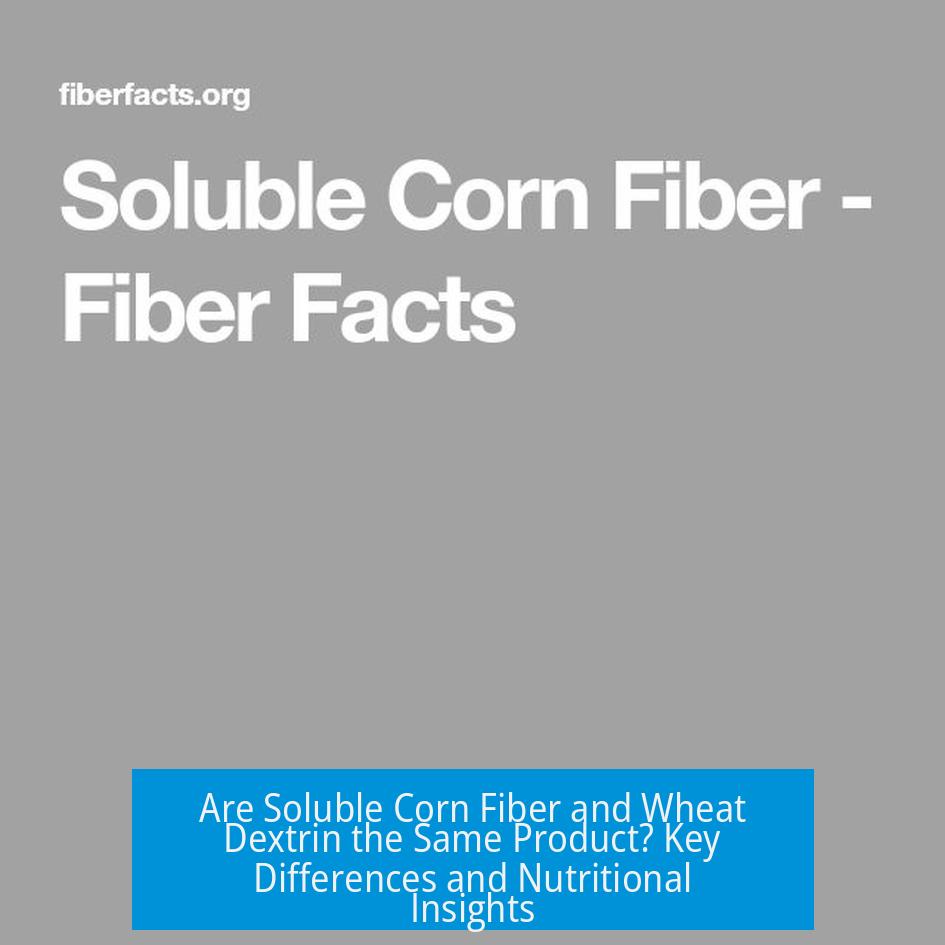

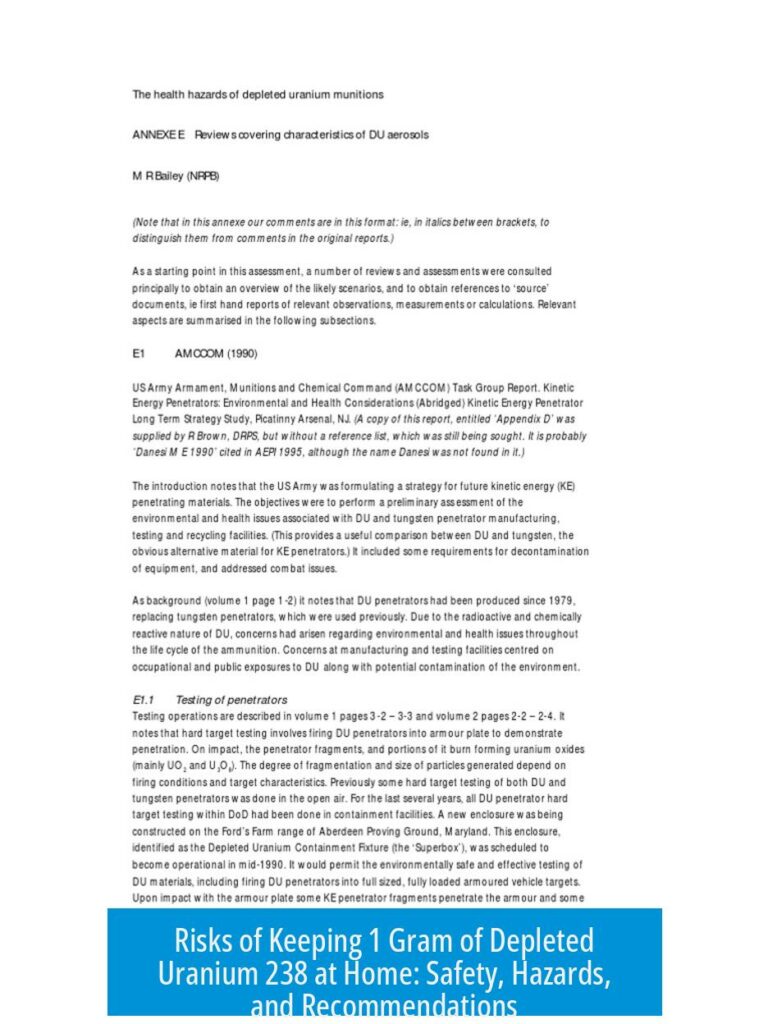
Leave a Comment